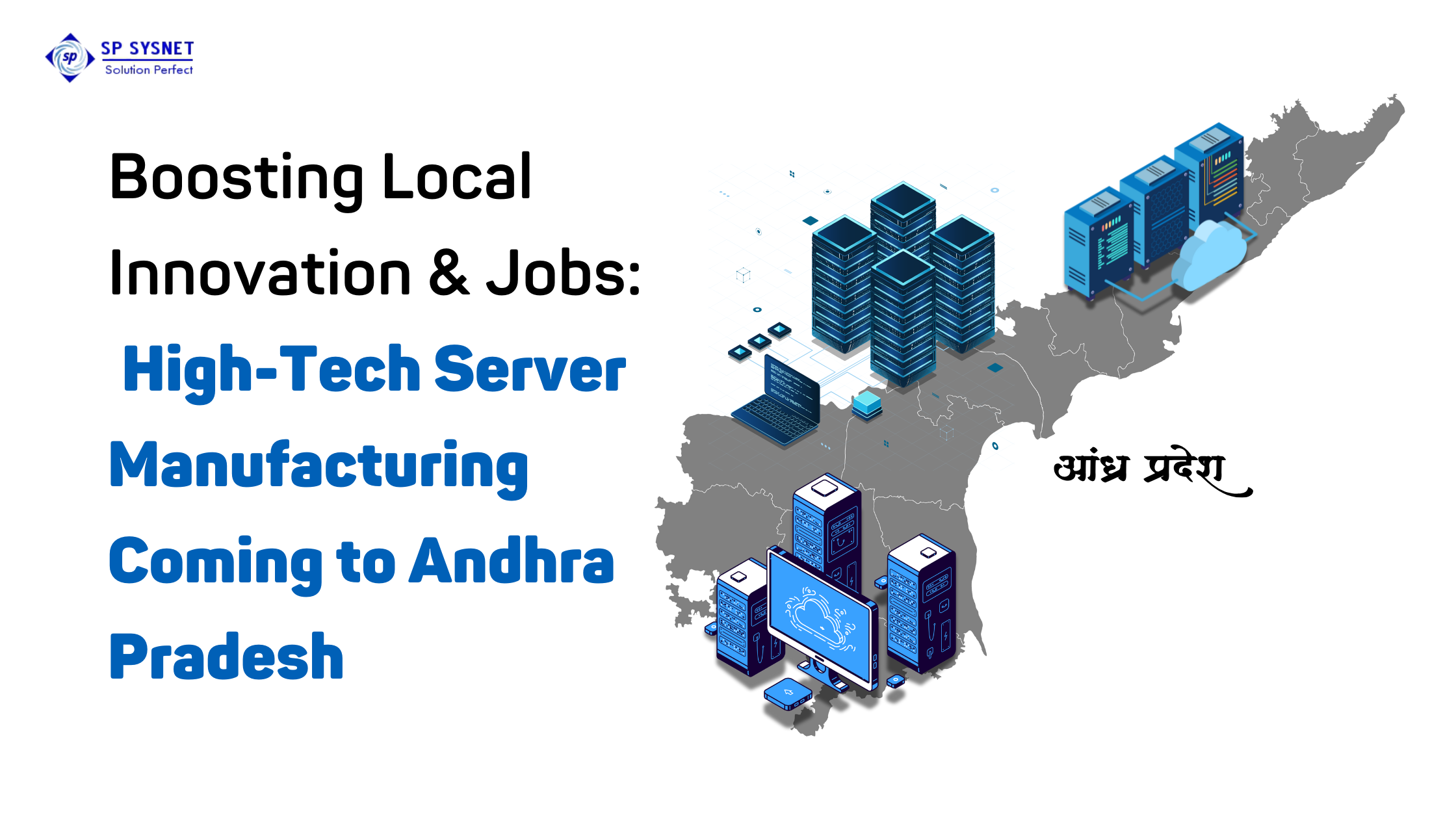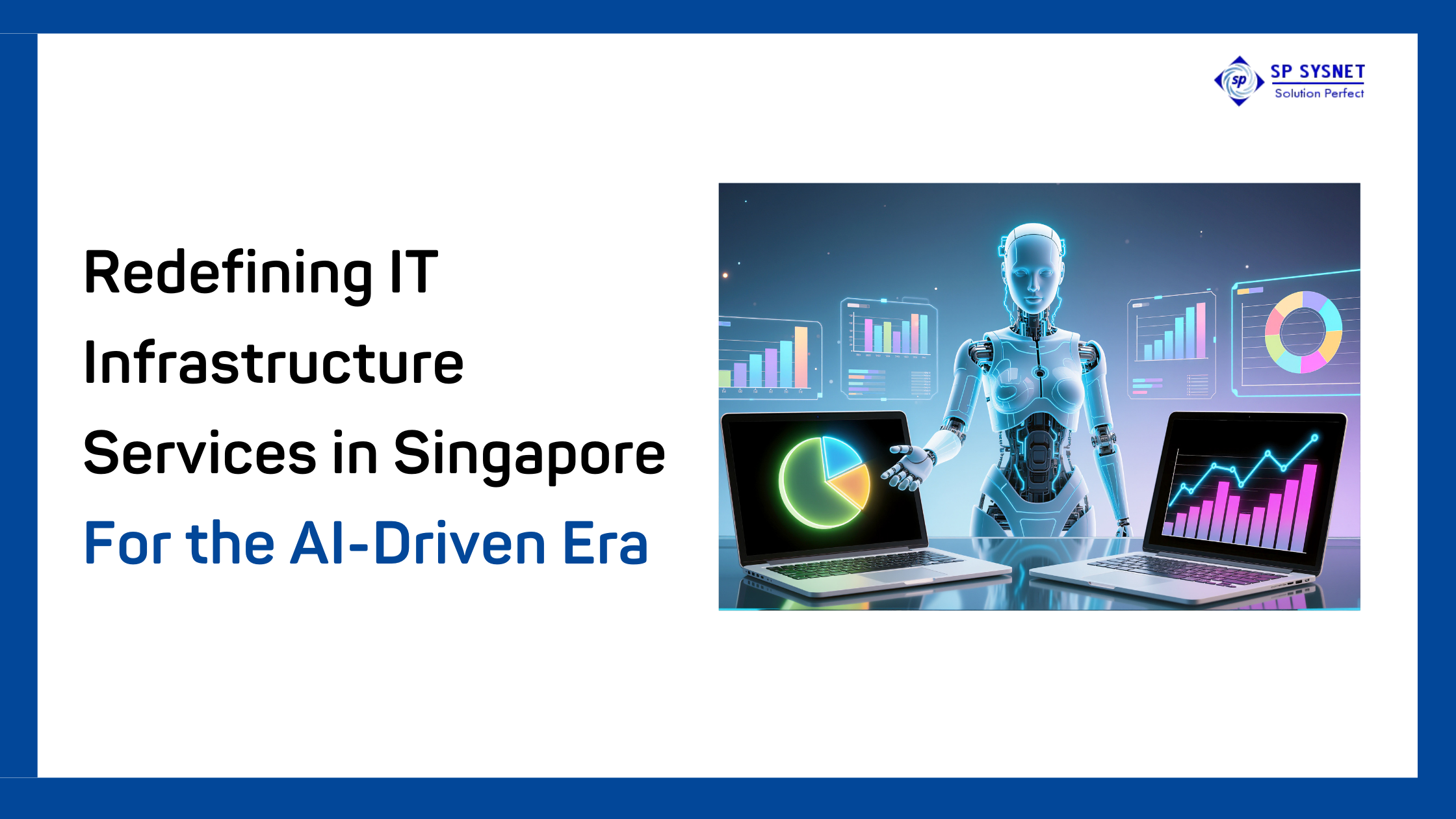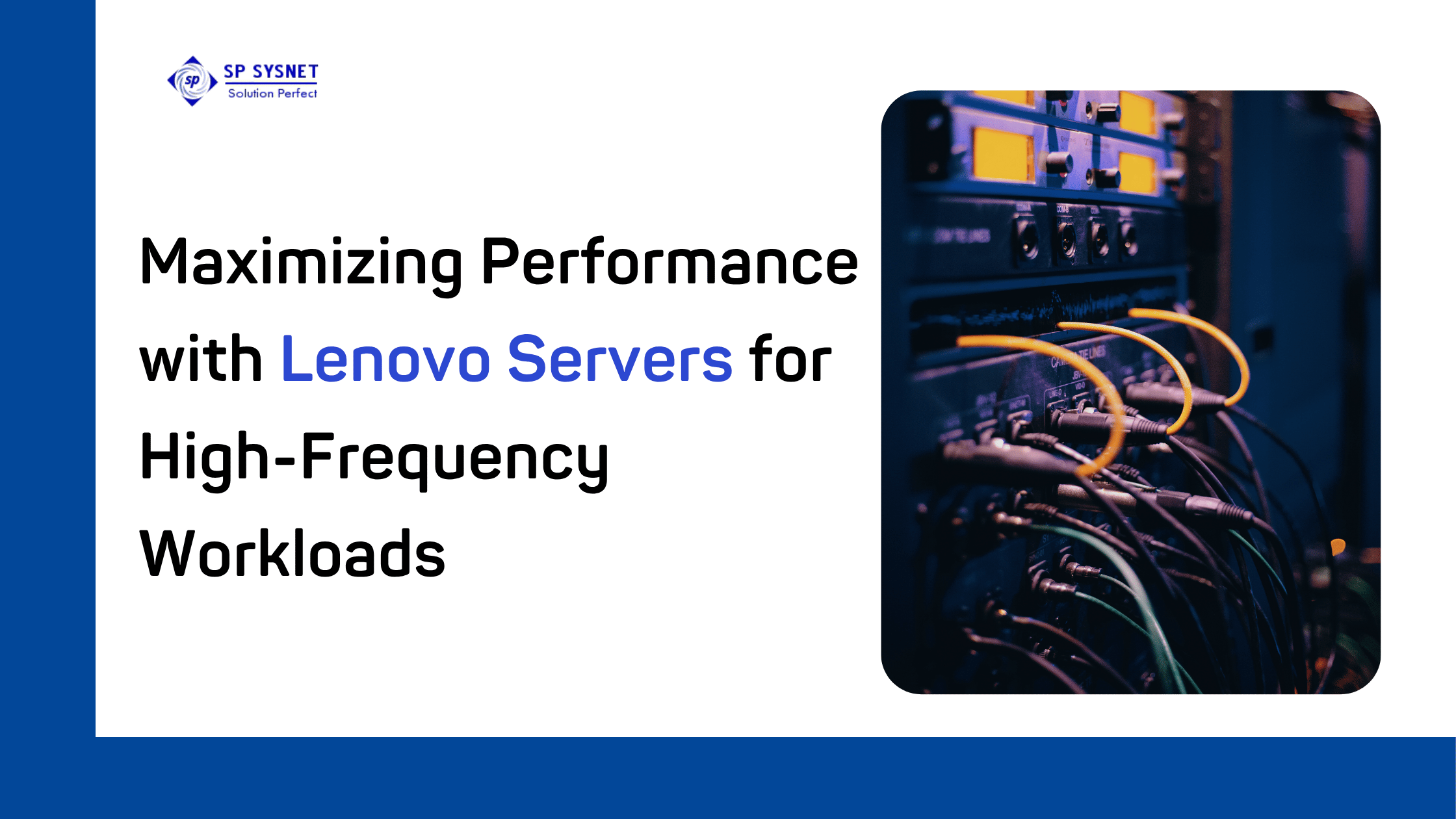Andhra Pradesh is gearing up for a tech revolution. With ambitious policies and global interest, the state is poised to become a powerhouse in high‑tech server manufacturing, creating new jobs, innovation hubs, and fueling ecosystem growth. This is especially important for trading servers, service providers, and those seeking low-latency trading server services, sectors that depend on advanced manufacturing and robust local infrastructure.
Andhra Pradesh’s Data City & Manufacturing Infrastructure
The Andhra Pradesh government has approved the development of a 500‑acre “Data City” in Madhurawada, Visakhapatnam. Mirroring the success of Hyderabad’s HITEC City, this project aims to bring in global IT giants, data centres, AI innovators, and high‑performance computing firms.
Policy support is strong. Cabinet-approved schemes such as the Data Centre Policy 4.0 and Semiconductor & Display Fab Policy 4.0 offer investors up to 50% capital subsidies, tax incentives, and plug‑and‑play manufacturing clusters for electronics and server component firms.
Innovation & Employment: A New Chapter for AP
The potential employment impact is staggering. Andhra Pradesh aims to generate two million jobs over five years through data centres, semiconductor fabs, and supporting IT & electronics manufacturing hubs. Job creation spans technology design, manufacturing, operations, logistics, and service support.
Skill development is also integral. Programs like the “Future Skills Credit Scheme” and partnerships with global firms like Google, TCS, and YouTube–Tezaract’s Creator Academy are preparing local youth for emerging roles in AI, hardware engineering, and data infrastructure.
Why Server Manufacturing Matters for Trading Servers Service Providers?
Trading servers, service providers, and firms offering low-latency trading server services rely on cutting‑edge hardware deployed near financial exchanges, data feeds, and algorithmic trade execution engines. Locally manufactured servers mean better control over:
- Component quality: proximity to semiconductor fabs ensures the latest SiC or high‑speed memory components.
- Latency optimization: regional manufacturing shortens supply chains, reducing setup time and enabling quicker hardware upgrades.
- Customization: server providers can tailor specs for high‑frequency trading, colocation, or edge computing needs.
- Cost efficiencies: government-subsidized manufacturing reduces procurement costs for tech‑heavy operations.
- Sustainability: integration with green energy data centres like the Google facility (1 GW powered by some $2 billion in renewable infrastructure) enhances low‑carbon credentials.
For trading firms in India, latency is critical; milliseconds matter. Being located in Andhra, near data centres and fibre landing points, enables firms to deploy servers with minimal latency to domestic and regional market endpoints.
Andhra’s Strategic Advantage: Location, Policy, & Ecosystem
- Strategic geography: Andhra lies along the Visakhapatnam–Chennai Industrial Corridor (VCIC), offering seamless connectivity to ports, undersea cable landing stations, and major markets in Southeast Asia.
- Plug‑and‑play clusters: ESDM clusters and ordinary special economic zones (e.g., APSEZ near Visakhapatnam and industrial clusters around Kurnool and Sri City) provide ready facilities for electronics and server assembly.
- Aggressive incentives: Policies such as Electronics Components Manufacturing Policy 4.0 allocate capital subsidies (20–30%), reimburse power costs, and offer single‑window clearances to attract large projects.
- Anchor investments: Google’s $6 billion, 1 GW data centre, Sify’s $1.9 billion facility, plus TCS’s presence, set a rich ecosystem stage. Additional interest from LG Electronics and others adds momentum.
Catalysing Local Innovation & Startups
Beyond big multinationals, this ecosystem unleashes:
- Startups designing niche server cooling systems, power‑efficient boards, or trading‑optimized motherboards.
- Talent spillover into software and system‑integration services for data centre management and latency benchmarking.
- University–industry linkages powered by institutions in Amaravati’s developing smart‑city zones and emerging Quantum Valley Tech Park, hosting IBM, TCS, and IIT Madras, focused on quantum hardware and advanced computing devices.
Challenges & Roadmap
Execution will hinge on:
- Infrastructure reliability: consistent power (renewable plus backup) and high‑speed fibre.
- Supply‑chain depth: component vendors, PCB assemblers, cooling, and chassis producers.
- Talent pipeline: upskilling engineers in hardware design, test labs, and manufacturing best practices.
- Regulatory clarity: smooth land acquisition, environmental compliance, and ease of doing business remain priorities.
Conclusion:
Andhra Pradesh is positioning itself as a formidable base for high‑tech server manufacturing, anchored by cutting‑edge semiconductor investments and world‑class data‑centre infrastructure. This emerging ecosystem is tailor-made for trading server services providers, and firms seeking low-latency server services, offering faster delivery, customization, cost efficiency, and geographic advantage.
As this vision comes to life, cities like Visakhapatnam and industrial hubs such as Kurnool and Sri City will become innovation hotspots, spawning electronics manufacturing clusters, skilled jobs, and tech startups. For firms needing high‑performance, locally manufactured server hardware, Andhra Pradesh is emerging as the leading destination.
Local innovators, component makers, and service providers can now tap into this growing infrastructure. And at the forefront of leveraging this ecosystem is SP Sysnet, offering turnkey solutions powered by locally manufactured servers for trading firms. With deep expertise as a trading servers service provider delivering low-latency trading servers services, SP Sysnet is perfectly positioned to harness Andhra Pradesh’s manufacturing promise for the benefit of global and domestic clients alike.








